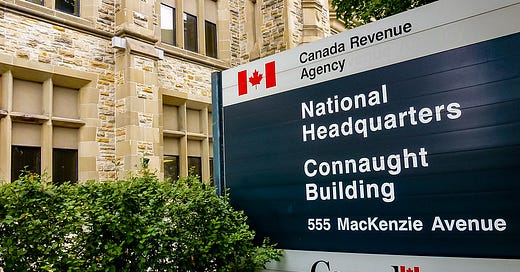Amidst the tempest stirred up by the forthcoming June 25 hike in the capital-gains tax lurks the potential for another Homer Simpson “DOH!” moment. That this important issue has escaped attention so far goes to show how policy discussions in Canada sometimes just skim the surface.
The thing overlooked to date is the historical tendency for some tax changes to end up yielding tax revenues opposite to what was projected.
This tendency doesn’t apply much to taxpayers who have little room for maneuver, like wage & salary earners with payroll deductions. It applies more to taxpayers with scope for adjusting their behaviour, which includes investors with capital gains.
The Canadian government is forecasting $19.4-billion in tax revenues will be raised over the next five years from boosting the inclusion rate to two-thirds on capital gains realized in corporations/ trusts and on annual gains above $250,000 for individuals.
However, at least one source, Thomas Sowell’s Basic Economics (5th Ed), cites a number of cases where increases in tax rates led to declines in tax revenues, and vice versa, decreases in tax rates led to increases in tax revenues.
To start, Sowell gives the example of the state of Maryland, which raised the tax rate on millionaires in 2008, expecting $100 million for government coffers. But instead, revenues from the tax fell by more than $250 million. Maryland didn’t anticipate that an increase in the tax rate would change taxpayer behaviour, namely an exodus of several thousand millionaires from the state.
Sowell gives another example from the U.S:
“The Congressional Budget Office advised Congress that raising the capital gains tax from 20 percent to 28 percent in 1986 would increase the revenue from that tax — but in fact the revenues from this tax fell after the tax rate was raised. Conversely, cuts in the capital gains tax rate in 1979, 1997 and 2003 all led to increased revenues from that tax.”
As for the $19.4 billion in tax revenues that the Canadian government is anticipating over the next five years from increasing the capital-gains tax rate, it expects $6.9 billion to flow in during the first year, mainly from taxpayers rushing to unload capital gains before the new rate comes into effect. So it is possible there will be bump upwards in tax revenues for the first year.
But in the following years, the revenues may follow a pattern similar to what happened when Alaska raised taxes on cigarettes in 1997. Smokers rushed to load up on cartons of the stuff ahead of the increase but then in the following years, citizens found other ways to get their nicotine fix and Alaska “saw its revenues go up in smoke: collections slowed 60 percent following the increase.”
(Photo: OBERT MADONDO/The Canadian Progressive)


